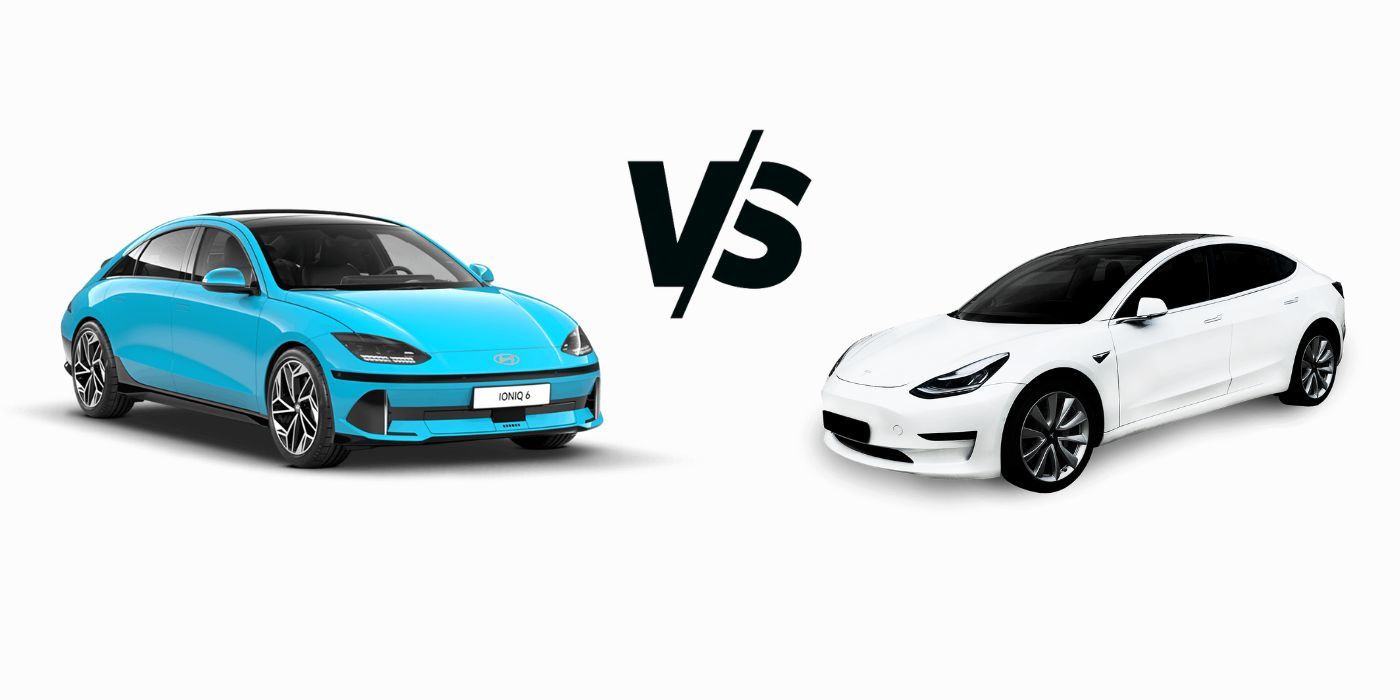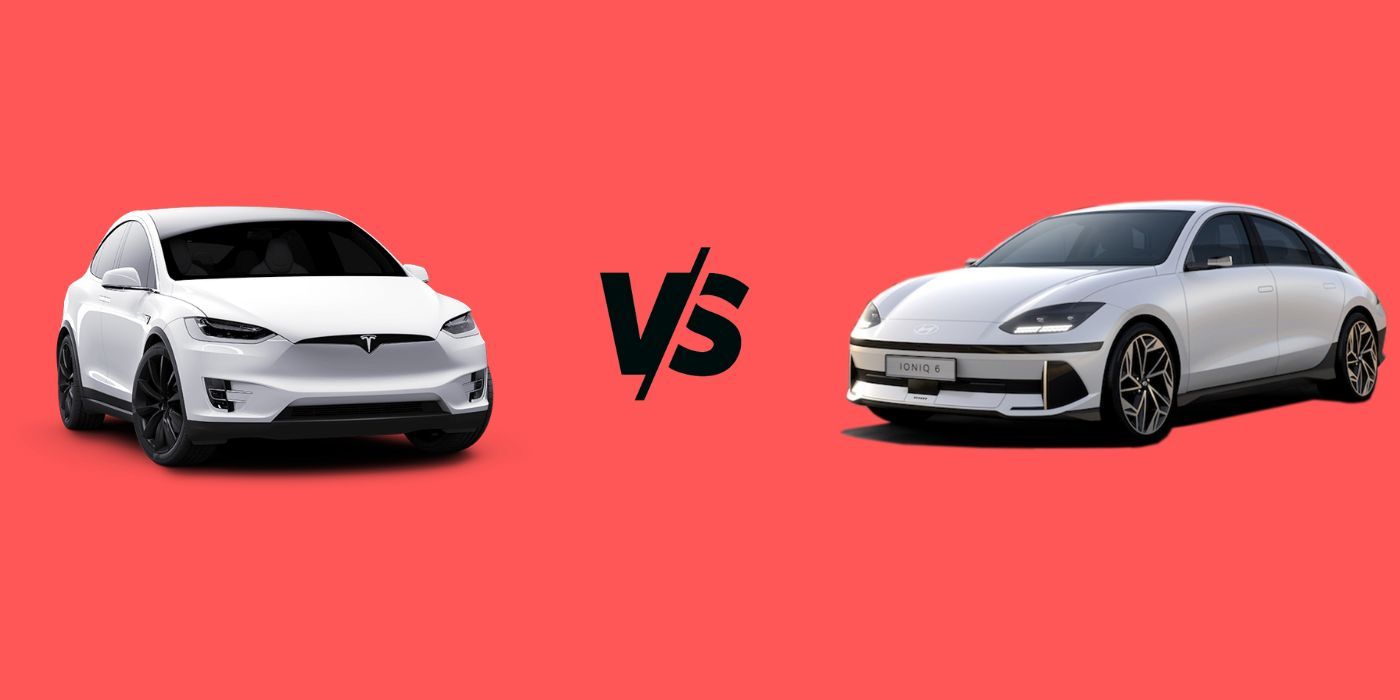Hyundai’s first all-electric sedan, the Ioniq 6, intends to be a game-changing product, but does it offer more value than a Tesla Model 3? The Model 3 has been around for a while and remains a top choice among EV customers, but automakers like Hyundai want to change the status quo. Aside from having electric vehicle credentials, the Ioniq 6 integrates classic and modern design elements. Its arrival in the U.S. market this year is expected to compete for market share, but that means going toe-to-toe with the likes of Model 3 and Polestar 2.
When it comes to design, the Ioniq 6 steals the show with its unique build, which includes practical air flaps placed at the front, computerized side mirrors, and an elliptical spoiler. Meanwhile, many Tesla enthusiasts believe the Model 3 is due for a refresh, and that's hard to dispute as the sedan’s look doesn't exactly scream innovation. Inside, the Hyundai Ioniq 6 is quite roomy and that's complemented by hundreds of pixel lights. The Model 3's interior treads the path of minimalism. The all-glass roof can stretch from front to back, allowing occupants to enjoy natural light. Most of the controls/functions are accessible using the 15-inch touchscreen. Interestingly, a campaign to install physical buttons inside the Model 3/Y is gaining momentum.
Why The Ioniq 6 May Struggle Against The Model 3
Away from its terrific exterior look and ample interior room, the Ioniq 6 may be a tough sell in the U.S. market where the Model 3 currently dominates. First, the Ioniq 6 doesn't qualify for the $7,500 tax credit despite starting at $41,600. That's because the laws now mandate that vehicles intending to gain eligibility must be assembled in North America. Unfortunately, the sedan is built in South Korea. Thanks to an unexpected price adjustment, though, the Model 3 now starts at $42,990, making the Ioniq 6 slightly less expensive.
However, the Model 3’s eligibility for a tax credit means shoppers can include add-ons like Full Self-Driving (FSD) and still claim the federally-funded incentive. That'll be hard to surpass, even for Hyundai. Driving range helps consumers, especially those new to EVs, determine which model to consider. Although Hyundai’s first dedicated electric sedan offers a whopping 361 miles, the base model — SE RWD Standard Range ($41,600) — features 240 miles. The Model 3's entry trim may cost an additional $1,600, but it comes with 272 miles and gets a tax credit that eludes the Hyundai EV.
Regarding automated driving assistance and safety, Tesla's duo of Autopilot and FSD are considerably more efficient than Hyundai's SmartSense. Although the former has had its fair share of controversy, Tesla looks to increase the capability of its driver autonomy technology by configuring the new Model S/X units with Hardware 4. The Hyundai Ioniq 6 is sure to lure plenty of buyers with its sleek look and sophistication but in a game of value using parameters like pricing, range, and EV driving assistance tech, the Model 3 is a better option.


